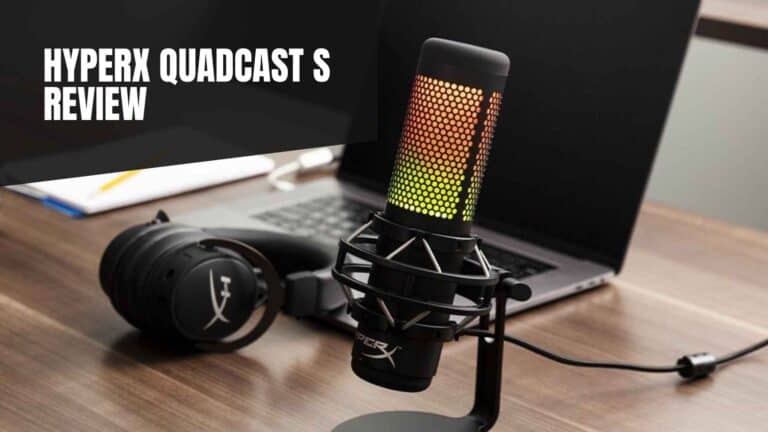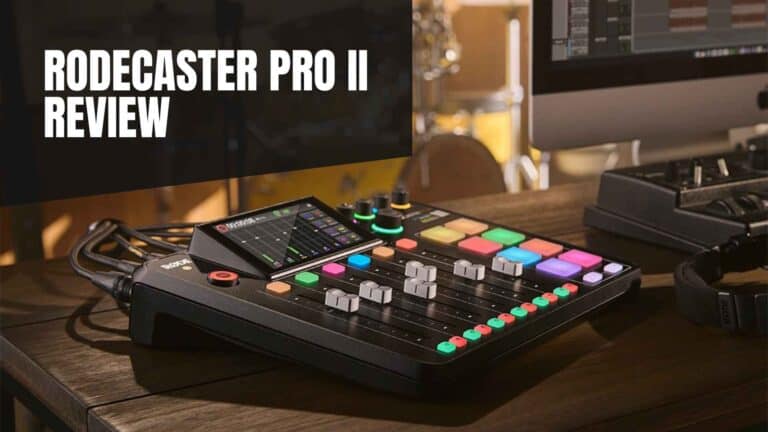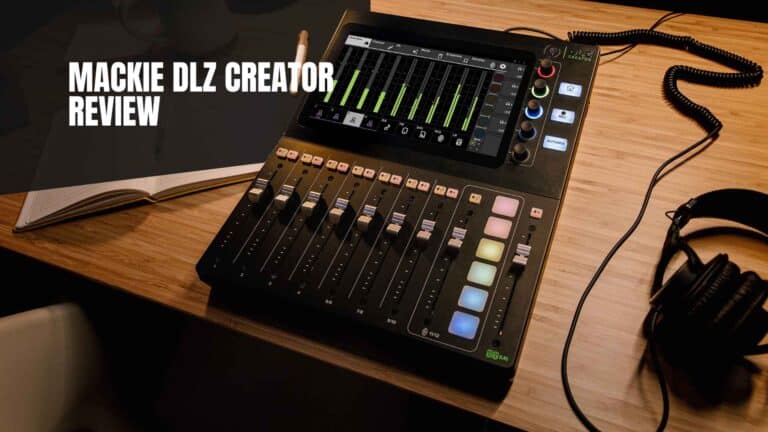What is a GPU? 7 Key Points Behind the Graphics Technology
You’ve probably heard of a GPU if you’re a gamer, a designer in the industry, or just someone who wants to maximize their computer’s performance. But precisely what is a GPU, and why is it one of the important components of a PC? To better comprehend graphics processing units (GPUs), their purpose in modern computing, and how they operate, we’ll dive deeply into their world in this blog post.

1. Introduction – What is a GPU?
A chip or electronic circuit called a graphics processing unit (GPU) handles the intricate computations needed for generating pictures and videos. While a CPU (central processing unit) runs sequential serial processes, a GPU is designed primarily to perform the calculations required to show images and video on a screen.
So why is a GPU (graphics processing unit) required? In a nutshell, it enables graphics to be more responsive, smoother, and with displays that are realistic and enhanced in detail. The demands of modern games and programs would be challenging for your computer to operate without a GPU, resulting in choppy, poor-quality graphics.
2. How a GPU (graphics processing unit) Works?

Let’s discuss a GPU’s operation now that we know what it is. The amount of cores is one of the primary distinctions between a GPU and a CPU.
A CPU typically contains four to eight cores capable of handling various tasks and focusing on sequential serial processing. For example, the Intel Core 7-10700F has 8 cores, while the i3-10100F has 4. It interprets most of a computer’s commands and is considered the most essential and primary integrated circuits (IC) chip in a computer. CPUs handle the majority of fundamental calculations in logic, I/O, and arithmetic. They also distribute commands to other processors and components of the computer that are in operation.
On the other hand, a GPU has hundreds or even thousands of smaller cores tailored for conducting repetitive math calculations. For example, the Nvidia GeForce RTX 3060 Ti has 4864 Cuda cores, whereas the RTX 3090 has 10496 Cuda cores.
As a result of the parallel processing capabilities of these GPU cores, they can handle numerous jobs concurrently and improve the computer speed by taking over some CPU-intensive computational tasks, like rendering graphics.
In computer graphics, a GPU manages the intricate mathematical calculations required to render images and video, which contains elements like texture mapping, lighting, and shading. Although a GPU may perform additional functions like video editing, encoding, and decoding, its primary purpose is to meet the demands of graphics-intensive applications.
3. What are the Different Parts of a Graphics Card?

Fan: A graphics card needs fans to function correctly. They support maintaining a cool operating temperature for the graphics card. If the fans are disabled or broken, the GPU will quickly overheat and shut down.
Heatsink: The goal of a heat sink is to effectively remove heat from device components to enhance performance and lengthen device life.
GPU: The graphics card’s brain. It regulates the screen’s resolution, color depth, and every aspect of graphics rendering.
Memory: Memory on graphics cards store rendered frames and gives the GPU quick access to necessary information.
HDMI Port: A compatible digital audio device, computer monitor, video projector, or digital television can receive an uncompressed, all-digital audio and video stream over HDMI.
Bus Interface: The PCI express slot is the Bus interface that connects the graphics card to the motherboard as an additional system component unavailable on the CPU.
4. Types of GPU (graphics processing unit)
Although graphics card and GPU are interchangeably used terms, there is a significant distinction between the two. A graphic card is an add-on board that contains a GPU, similar to how a computer motherboard houses the CPU.
This add-in board (or graphics card) may have one or more GPUs, a daughterboard, and other electronic parts for memory storage and power management.
There are several different kinds of GPU, each with a unique mix of advantages and disadvantages. Dedicated (discrete GPUs) and integrated GPUs are the two main classifications. A dedicated GPU (sometimes identified as discrete GPUs) is a separate piece of hardware mounted into a computer’s motherboard, while an integrated graphics processing unit is embedded alongside the CPU.
In reality, integrated GPU make up the majority of GPUs on the market. Systems can be made smaller and lighter, use less processing power, and be less expensive when the CPU has a fully integrated GPU built onto its motherboard.
Gaming and professional visualization applications frequently use dedicated GPUs, typically more powerful than integrated GPUs. Although integrated GPUs may have difficulty with more demanding applications, they can handle simple graphics tasks.
The two main rivals in the dedicated GPU industry are Nvidia and Advanced Micro Devices (AMD). Both businesses provide a wide range of GPUs, from entry-level to premium models. Nvidia is known for its GeForce line, while AMD is known for its Radeon GPUs. Given that both companies have loyal patrons and reliable product lines, it primarily comes down to personal preference.
Another distinction is between desktop and mobile GPUs; the former is in desktop computers, while the latter is in laptops. Mobile GPUs are often less potent than desktop GPUs but use less energy and can fit inside a laptop. Check out our article if you looking for laptops with decent integrated graphics.
5. Applications of a GPU (graphics processing unit)
The GPU’s processing power is almost entirely necessary for the efficient operation of some business applications. For instance, rendering graphics such as 3D models using AutoCAD software on a PC with a low-end GPU will be extremely difficult, leading to poor performance or system failures.
After discussing the fundamentals of a GPU’s makeup and operation, let’s move on to some of its applications.
Gaming
The use of a GPU for gaming is one of the most common. A strong GPU may significantly improve the gaming experience, whether with the newest AAA games or the most well-liked esports video games. High-end GPUs can manage the demands of modern games, producing fluid, detailed, and responsive graphics performance.
If you are looking for affordable gaming computers with good graphics performance, check out our article on the best gaming PCs.

Visualization

Another application for a GPU is in the field of professional visualization. The ability of a GPU is crucial for architects, product designers, and animators who want to produce complex, precise, and realistic visuals. A good GPU will perform these activities, including 3D rendering, animation, and architectural design applications.
Video Editing
In addition, editing videos is another common application for GPUs. Video editors would want a top-of-the-line graphics cards capable of transcoding files at an acceptable speed to avoid bottlenecks if a process demands the editing of enormous volumes of high-resolution files, such 4K or 360-degree videos.

Cryptocurrency

Cryptocurrency mining has grown in popularity as usage for GPUs in recent years. A GPU can perform complex mathematical operations required to mine digital currency like Bitcoin more effectively than a CPU. It’s crucial to remember that this could significantly shorten the lifespan of a GPU and put it under a lot of stress.
6. Neural networks and Machine Learning

The fields of machine learning and artificial intelligence are rapidly extending their use of GPUs. The development of neural networks and the execution of machine learning algorithms are among the newest and most demanding services of GPUs. Since deep learning model training requires significant computational power, GPUs are the perfect solution. They can handle the complex matrix calculations needed for neural network training, making it possible to train models which are too large for a CPU, previously.
Nevertheless, it is crucial to note that not all GPUs are created equal. It may be wise to use a business-grade GPU if you need a specialized, enterprise-level processor for a particular application in mind. The semiconductor business’s heavyweights, such as Nvidia and AMD, are renowned for producing high-quality parts for numerous significant tech firms like Facebook, Google, Microsoft, and Lenovo. Some examples are the RTX and Quadro product lines from Nvidia, which cater to professionals.
7. Future of GPU Technology
GPU technology has a promising future thanks to improvements in performance and its use in data centers. Companies are spending on research and development to produce new and improved models as the need for more powerful and effective GPUs grows.
Ray tracing is one area where we can anticipate improvements. Ray tracing is a method that mimics how light behaves in the real world to produce more realistic and lifelike images. Ray tracing is now possible on GPUs, but the technology is still in its infancy, so we may anticipate significant advancements in the coming years.
The utilization of GPUs in data centers is another area where we may anticipate growth. The need for solid and effective GPUs is rising as more and more businesses rely on cloud computing. Machine learning and big data analytics are just a few of the activities for these GPUs.
Conclusion
Determining the power of the GPU is crucial if you want to maximize the performance of your computer, whether you’re a gamer, designer, or just a regular user. A GPU is a specialized piece of hardware necessary for contemporary computing. Its primary function is to perform complicated calculations for rendering images and videos. Various applications for GPUs are gaming, professional visualization, machine learning, and cryptocurrency mining. Performance improvements and growing use in data centers will fuel the demand for more powerful and effective GPUs.







